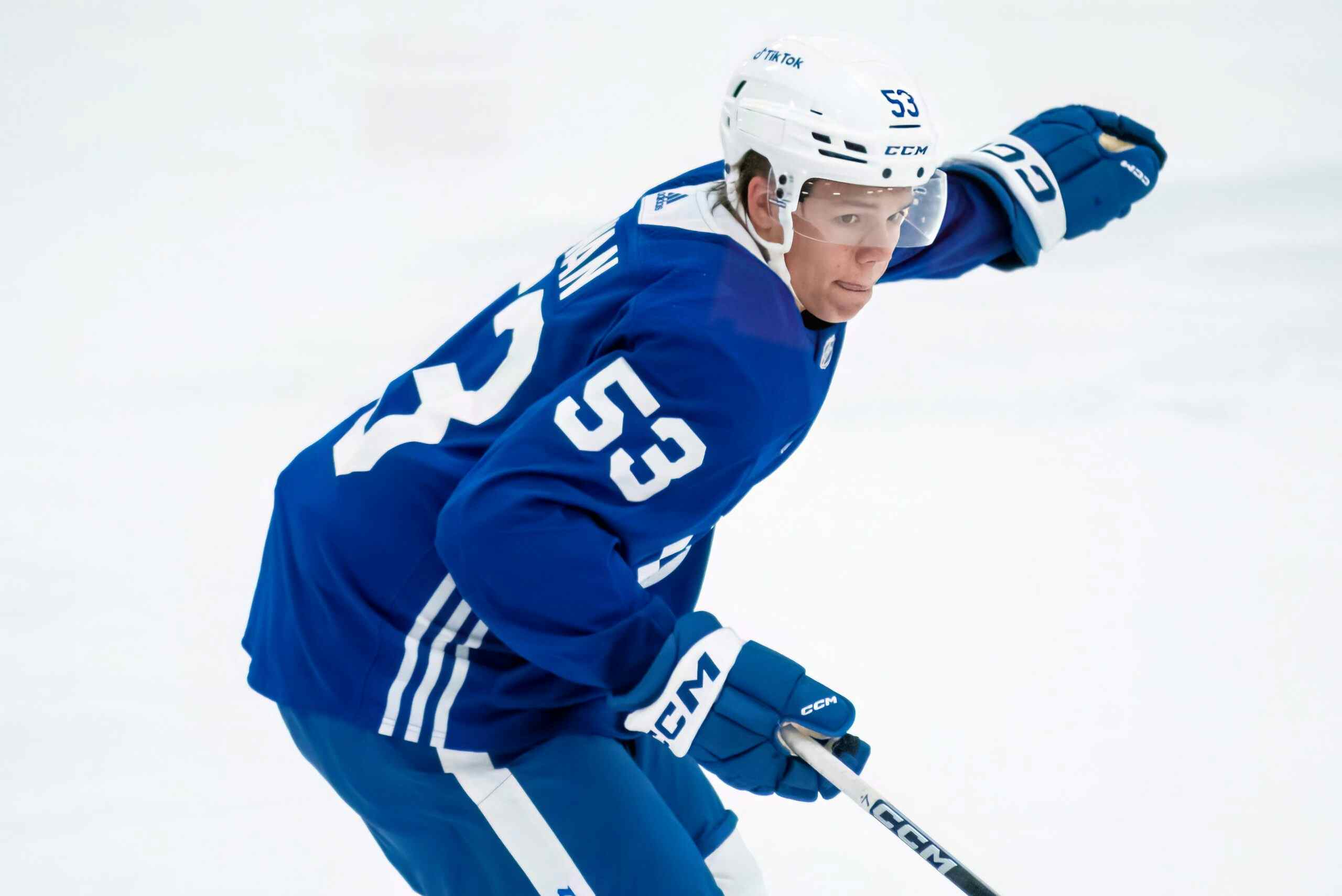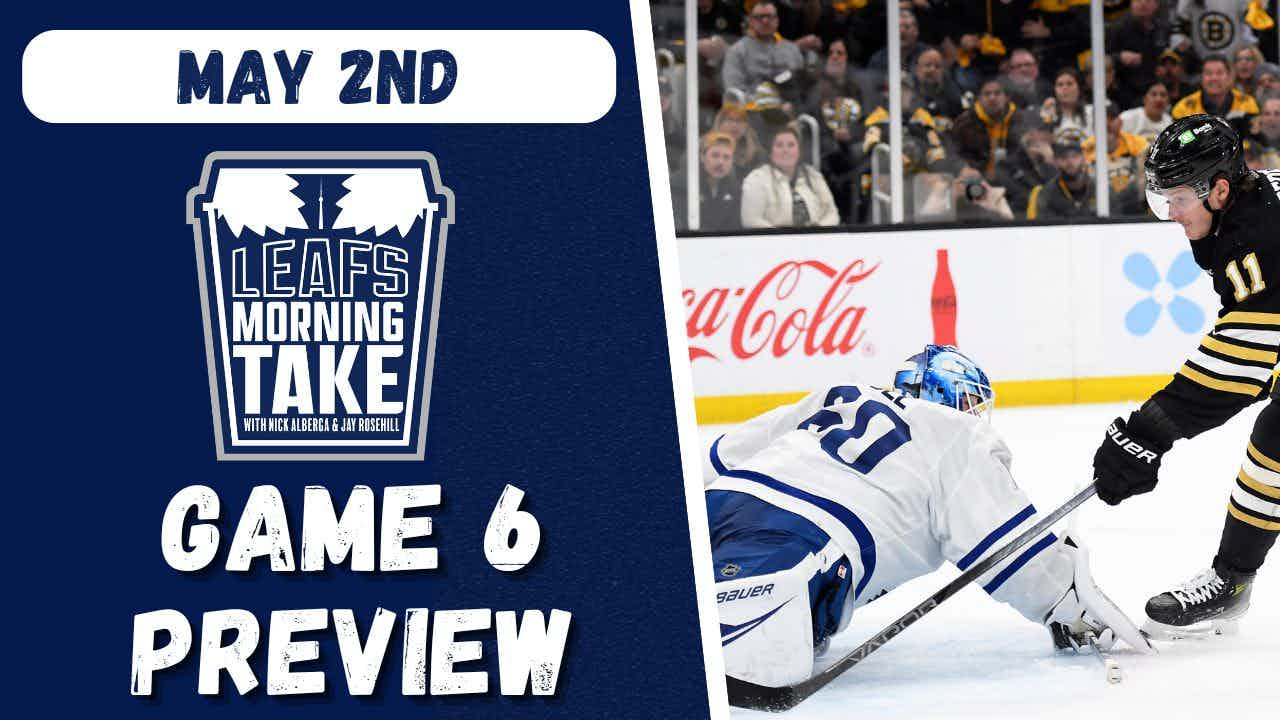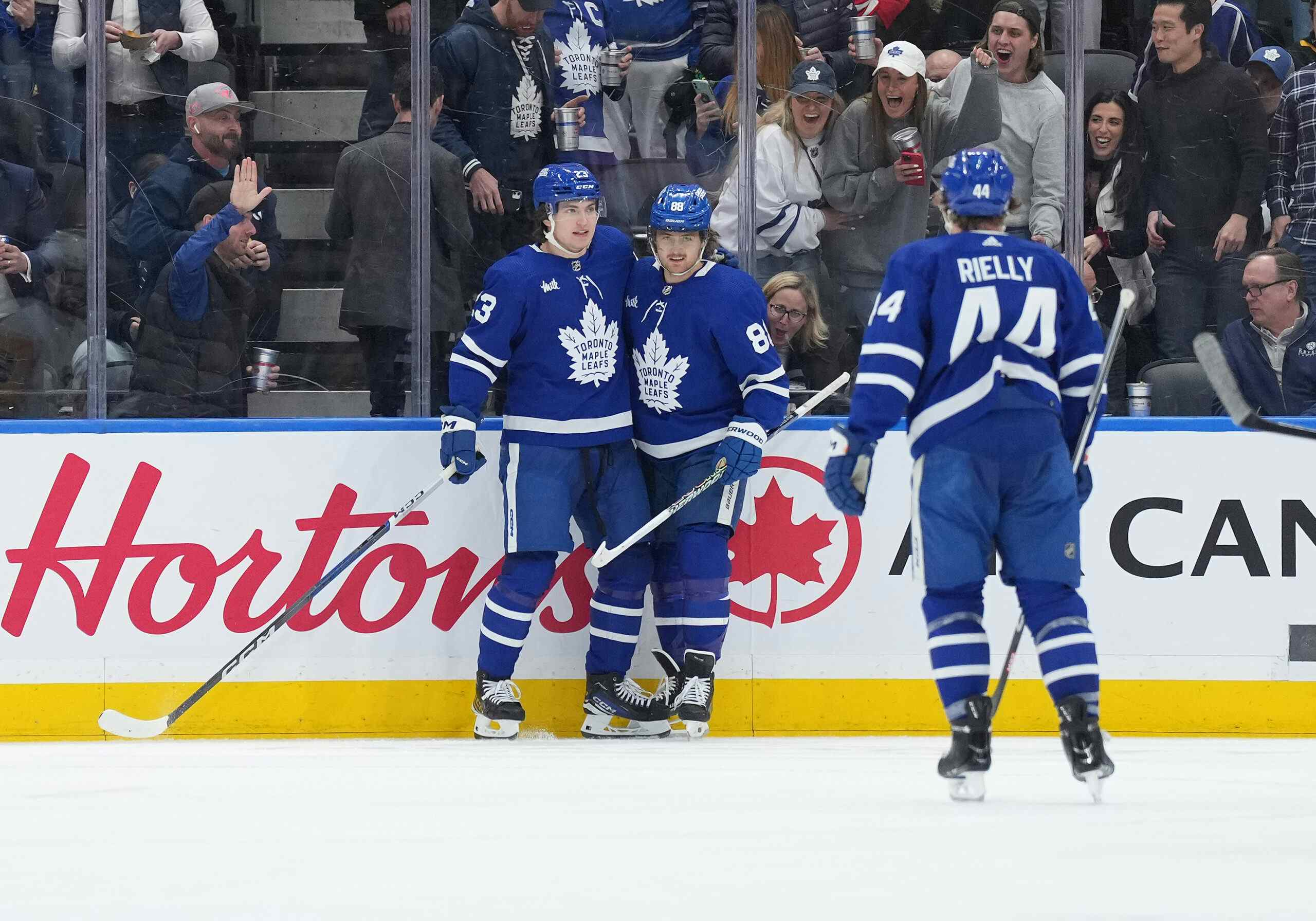Re-Imagining the Leafs Defensive Struggles

Photo Credit: Dan Hamilton/USA TODAY SPORTS
Perhaps immediately after a 5-1 loss that included an embarrassing third period isn’t the most opportune time to tell you that I’m not overly concerned about the Leafs’ defensive core yet. Perhaps having one of the best offensive teams in the league to start the year lose seven of their first nine games isn’t the proper backing evidence.
Perhaps there’s a better time or place for this. Or, perhaps, this is the right time to suggest that a deep breath might be worth partaking in. While Toronto, like every team, can and should keep working towards preventing fewer goals, I’d like to talk about some misconceptions about just how bad Toronto’s defensive play is.
Keep in mind, that this isn’t an absolution of the mistakes that Toronto’s rotating squad has made. Morgan Rielly still gets caught on bad pinches all the time. Jake Gardiner and Martin Marincin both are frequently due for puck misplays that will make you want to scream. Nikita Zaitsev occasionally waits too long to let his opponents shoot. Connor Carrick will often get too heated and take a penalty at the wrong time. Roman Polak often seems to only operate in two modes: late to the play and boarding minor, and Matt Hunwick, well, he tries hard. Frank Corrado has been invisible all season.
We all see this stuff because we watch the Leafs intently. We watch what the forwards do when they try to score, we watch what the defensemen do when they try to cut off the counter-attack, we watch the goalie try to make saves and we watch Mike Babcock scowl from the bench regardless of what happens.
With all of that said, there are three central misconceptions that come out discussion regarding this team, and they’re misconceptions not unlike the ones that happen across the league:
- The Leafs are the only team that break down defensively like this
- The Leafs give up higher quality scoring opportunities than the rest of the league
Let’s address both of these.
Everybody’s defensive core is bad
To start this talk off, let’s look at the big picture. Specifically, let’s look at all the data we have since data was consistent; the start of the 2007/08 season. You know the year; that’s when the Leafs decided to solve the issues that Andrew Raycroft caused them by acquiring Vesa Toskala.
After all, people can agree that the Leafs have had defensive holes since at least then, right? Toronto, for some reason, couldn’t figure it out, unlike all those other NHL teams that could. While others were playing steady, 200-foot games of hockey, the Leafs have been a decade-long black hole.
I’m not here to say the Leafs were great defensively in that stretch. They’re about 10% worse than average at even strength. 10% more attempts gainst, shots against, chances, against, goals against… you get the idea. Interestingly, though, this all amounts to about an extra 0.3 goals against per 60 minutes, or a goal every three and a half games.
Just as interestingly, the way that their shots against breaks down isn’t that dramatically different from the NHL over that stretch. 52% of shots against the Leafs hit the net or go in; 54% do the same for the other teams. 48% of shots the Leafs face miss the net or get blocked; 46% for the rest of the league. 14.4% of attempts against Toronto turn into scoring chances. 14.7% for the rest of the league. 2.6% turn into rebounds compared to 3.2%. 5.6% come off the rush compared to 4.7%.
This probably doesn’t line up at all with what your eyes have told you, has it? You don’t see these mistakes from other teams; they’re distinctly Toronto, after all.
But think about it this way; the Toronto Maple Leafs are probably the only team in the league who you truly focus on when they play defence. When the Leafs are in the offensive zone, you’re there to see them try to score a goal. Save for the odd superstar, you’re not watching to see what Andrei Markov or Mark Pysyk or Jared Spurgeon is doing. When the puck goes the other way, you’re not getting hyped up to see Jason Chimera rush it in; you’re looking to see what Martin Marincin is doing to cover him. These are your Leafs, after all; as long as they play responsibly, they’ve got this under control.
That’s why when Alex Galchenyuk scores a wide-open wrist shot from the hash marks, the Leafs defencemen were out of position, and when William Nylander scores a wide-open wrist shot from the hash marks, he created open space. Your explanation comes at the hands of what you notice, and you’ll always notice your team. For most people, this spills over to neutral games as well; when neither team is yours, you default to caring about goals on either side, if you’re even paying much attention to begin with.
Pick a random highlight package from any game this season. Every team gives up 2-on-1s. Every team has a defender who gets caught flat footed, or pinches too deep, or coughs up the puck or has their stick break at the wrong time. You will just only see the team you are more invested into over the course of a game because they’re the reason you’re tuned in. The opponent is the accessory to the process and as a result, you won’t internalize their efforts the same way. It’s a psychological bias that is hard to beat, and for most fans, it probably doesn’t have to be. They’re just there for the Leafs, after all.
Toronto isn’t particularly worse
Last night wasn’t very helpful to the argument that the Leafs are a good defensive team. Which is interesting, seeing as that was one of the more excusable defensive efforts from Toronto’s actual point-men this year, with a lot of the blame going to some odd rebounds and bounces and a lack of support from their forwards on the goals against, particularly the third line.
But they bled so deeply, particularly closer to the net, that it cratered their stats. A team that spent most of the season in the top-half of score-adjusted Fenwick, Expected Goals, Scoring Chances, and Shots is now below water in one fell swoop, as the Islanders made the most of their unique home ice were relentless from minute 0 to minute 60. It doesn’t help that eight decent games prior from a shot perspective can be swayed so heavily by one bad one due to a small sample either. With that said, their direct effectiveness isn’t the topic of today, and probably won’t be until we have 20-25 games to work with.
Instead, let’s talk about shot quality. This is a point that was already referenced in the prior section, but I want to directly to apply it to this year. Even with last night’s game in mind, Toronto hasn’t been too bad at keeping the puck out of danger this year, save for it actually going into the net.
| % of Attempts Against.. | Toronto | Ranking | NHL Avg |
|---|---|---|---|
| Left unblocked | 74.2 | 15th | 74.4 |
| Landed on goal | 51.8 | 8th | 53.6 |
| Taken from scoring chance area | 15.3 | 15th | 15.4 |
| Turned into a goal | 5.8 | 28th | 4.1 |
| Taken off a rebound | 2.4 | 6th | 3.3 |
| Taken off the rush | 6.8 | 25th | 5.3 |
From the looks of it, Toronto’s defence has done a decent job at keeping players away from the front of the net to start the year, especially after an initial shot. They’ve done a great job at making sure that initial shots either go wide or into one of their own bodies.
The rush appears to be the biggest concern, but even then, the fact that a below-the-curve amount of shots are landing on the net and the fact that shots against the Leafs rank fourth-furthest away from the net based on average distance this year implies that “rush shots” tend to come from the opposition getting partial breaks and getting closed off before they can get far in, leading to lower danger shots, not necessarily higher ones. Ideally, you still want to stop these opportunities from happening entirely, though.
Bringing it all together
I’m not going to tell you that the Leafs are this brilliant assembly of team defence that is a few games of cobweb shaking away from initiating a six-way battle for the Norris Trophy. The peak expectation for this group, this year, was always going to be “good enough” with the hope that they’d get some solid goaltending behind them and that the forwards would support them with a combination of dominant offence and the occasional strong backcheck in the event that they screwed up at any point.
As agonizing as the final results on the scoreboard have been so far, and as much as I’m still personally pining to see my ideal three pairings hit the ice (or even for Frank Corrado, who was arguably Toronto’s best shot suppressor last year, to be dressed), the net result has been, well, good enough, save for a couple of hiccup moments like the end of last night.
Obviously, the situation feels worse, but that’s the nature of visualizing defensive play. We only know the good and the bad of those we follow, because we don’t care enough to see the actions of those we don’t. We treat all goals against as catastrophic errors but every other type of shot against as part of the process while seeing it the opposite way when it’s the home team’s turn with the puck.
It’s much like how we lose our minds over giveaways when we know that the players who lose the puck are the ones who have it a lot. Or like how we want physical players, despite physicality being a byproduct of chasing. Or why we value “staying at home”, when that usually means giving up the first shot rather than trying to cut it off before it happens. Or why the idea that good offensive players give defensive benefit by keeping the puck away from their own net, while sensible, still seems backward to our eyes. Or how the most impactful looking defensive plays that we see are the ones made in desperation because of a chain of mistakes that led to that last-gasp moment.
Simply put, the defensive side of the game is the most difficult to watch with a clear, unbiased mindset. For a someone just interested in watching their team, it’s next to impossible. Which leads to situations like this, where the team is losing, the pucks are crossing the goal line, and the frustrations spill over and the fingers get pointed where they shouldn’t be.
The coaching staff, obviously, will not stay content. The goal, after all, is to be better than good enough. The goal is to get better and better until you’re the best, and then you want to be better than that. There’s no such thing as an acceptable goal against, chance against, or shot against.
But for now, relatively speaking, it’s likely not as presently bad as what your eyes have told you. There are struggles, but they’re not significantly better or worse than the struggles everybody else has.
Recent articles from Jeff Veillette





